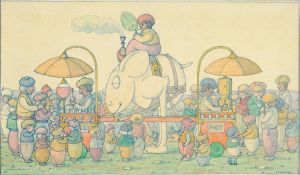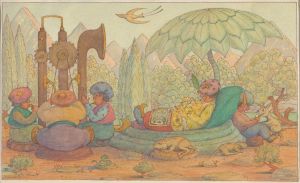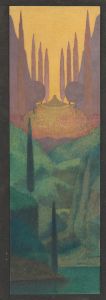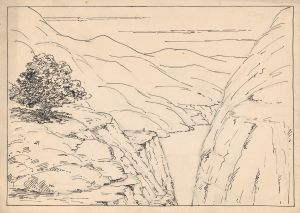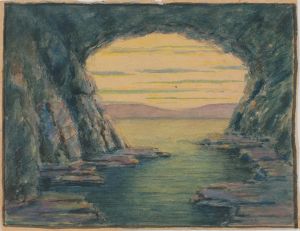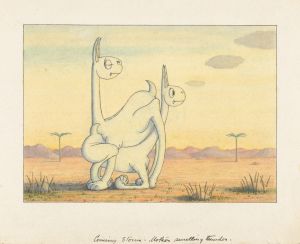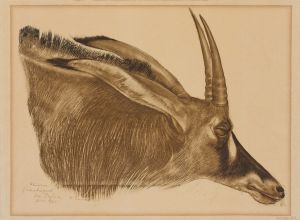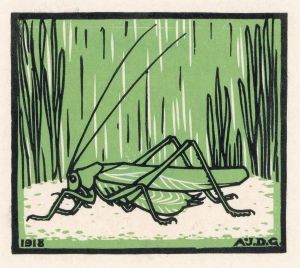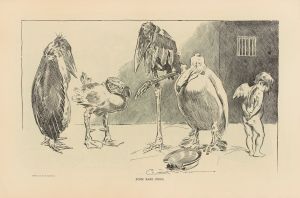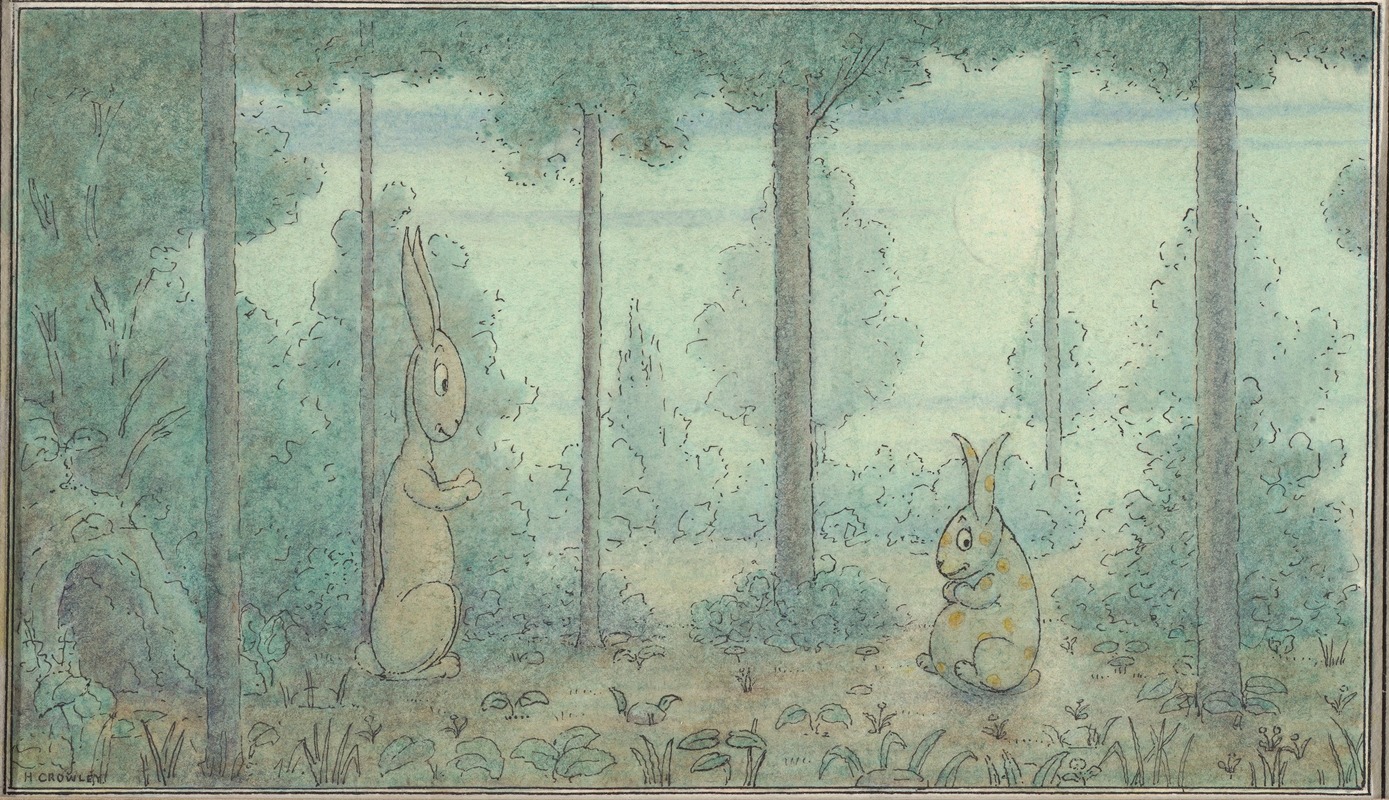
Two Rabbits in a Wood
A hand-painted replica of Herbert Crowley’s masterpiece Two Rabbits in a Wood, meticulously crafted by professional artists to capture the true essence of the original. Each piece is created with museum-quality canvas and rare mineral pigments, carefully painted by experienced artists with delicate brushstrokes and rich, layered colors to perfectly recreate the texture of the original artwork. Unlike machine-printed reproductions, this hand-painted version brings the painting to life, infused with the artist’s emotions and skill in every stroke. Whether for personal collection or home decoration, it instantly elevates the artistic atmosphere of any space.
Herbert Crowley was a British artist known for his contributions to the early 20th-century art scene, particularly in the realms of illustration and comic art. Despite his relatively obscure status today, Crowley was a contemporary of more famous artists like Winsor McCay and George Herriman. His work was featured in publications such as "The New York Herald" and "The New York Times," and he was part of the vibrant artistic community in New York during the 1910s.
"Two Rabbits in a Wood" is one of Crowley's lesser-known works, and there is limited information available about this specific piece. Crowley's style often incorporated elements of fantasy and surrealism, which were prevalent in his other works, such as his contributions to "The Wigglemuch," a comic strip that ran in "The New York Herald." His art frequently depicted whimsical and otherworldly scenes, characterized by intricate line work and a unique sense of composition.
Crowley's artistic career was relatively short-lived. After gaining some recognition in the 1910s, he gradually faded from the public eye. He eventually moved to Switzerland, where he lived a reclusive life until his death in 1937. During his lifetime, Crowley's work was exhibited alongside that of other notable artists at the Armory Show in 1913, a pivotal event in the introduction of modern art to the American public.
The scarcity of information about "Two Rabbits in a Wood" reflects the broader obscurity of Crowley's oeuvre. Much of his work was not widely documented or preserved, contributing to his status as a somewhat enigmatic figure in art history. However, in recent years, there has been a renewed interest in Crowley's work, with exhibitions and publications seeking to reintroduce his art to contemporary audiences.
Crowley's contributions to the art world, though not extensively documented, are appreciated for their originality and the way they capture the spirit of early 20th-century artistic experimentation. His work, including "Two Rabbits in a Wood," is valued for its imaginative qualities and its place within the broader context of modern art's development during a time of significant change and innovation.
In summary, while specific details about "Two Rabbits in a Wood" are scarce, Herbert Crowley's overall body of work remains a subject of interest for its unique artistic vision and its role in the history of early modern art. His legacy, though not widely recognized during his lifetime, continues to be explored and appreciated by art historians and enthusiasts today.







